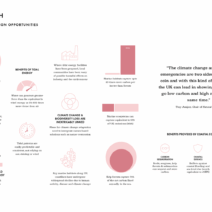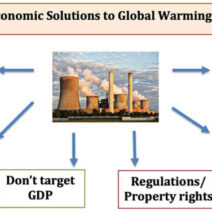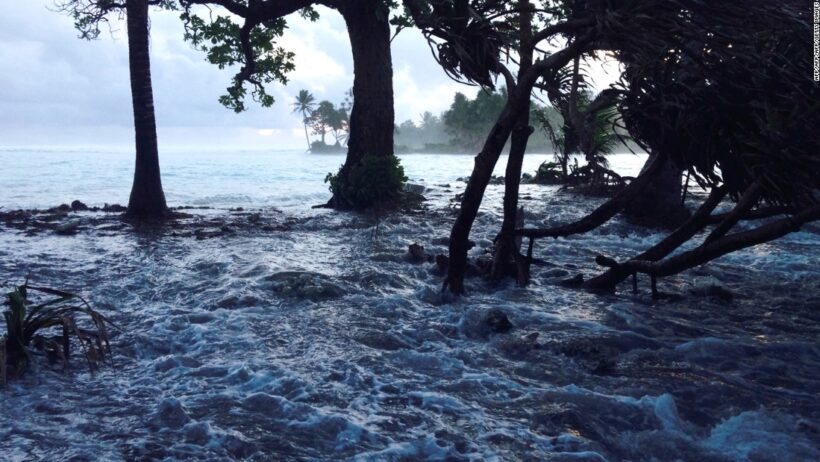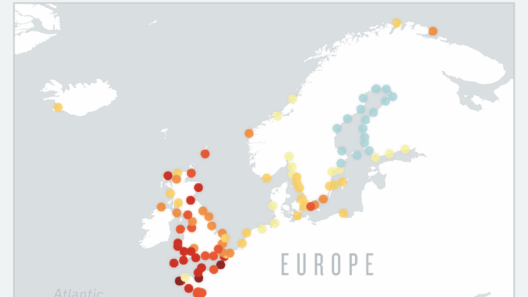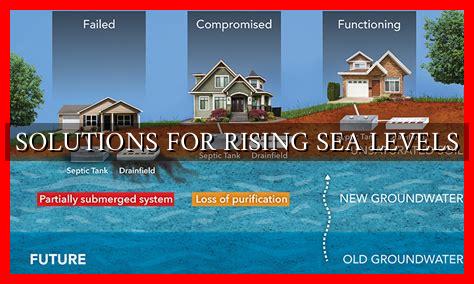Understanding the intricacies of sea level rise is akin to deciphering a complex melody played on the grandest of pianos. Each note—represented by the myriad of factors contributing to this global phenomenon—intertwines to create a dissonant yet revealing harmony. As we delve into the nuances of sea level change, it is imperative to grasp not just the current trajectory but also the historical context that shapes our future.
The vast oceans, covering over seventy percent of our planet, act as a planetary thermostat, absorbing heat and moisture. Yet, these waters are not static—they are in constant flux, driven by climatic shifts that echo through the corridors of time. Before we comprehend the current rates at which sea levels are rising, it’s crucial to examine the historical patterns that provide a backdrop for present-day movements.
Historically, the rate of sea-level rise has been relatively stable, with fluctuations primarily driven by natural events such as ice ages and geological shifts. However, the last century has witnessed a rapid acceleration in this rise, spurred by human-induced climate change. The last century has been described as a ‘new age of rise,’ characterized by industrialization and the unprecedented release of greenhouse gases into the atmosphere. This act alone has heated our oceans, melting glacial ice and contributing to a significant increase in sea levels worldwide.
The current rate of sea level rise is alarming. Over the past century, we have observed an average increase of approximately 8 to 9 inches—a figure that starkly contrasts with historical averages. Consider this: during the previous 2,700 years, the global sea level rose at a leisurely pace, approximately 1 to 2 mm per year, but since the 1900s, the rate has doubled—now reaching an average of about 3.3 mm annually, according to satellite measurements. This acceleration, while seemingly modest in millimeters, equates to significant consequences for coastal communities worldwide.
As we confront this burgeoning tide, it is vital to recognize the multifaceted factors influencing sea level rise. These factors can be categorized into thermal expansion, glacial melt, and the contributions from ice sheets. Each plays a unique role in the symphony of sea-level dynamics that threaten human habitation and ecosystems.
Thermal expansion refers to the phenomenon where water expands as it warms. The Earth’s oceans have absorbed a substantial portion of the heat generated by greenhouse gas emissions, leading to increased water temperatures. As water molecules gain energy, they move further apart, resulting in an increase in volume. This is not merely a scientific abstraction; it has tangible effects on regions where shorelines are eroded and ecosystems disrupted. Coastal cities from Miami to New York are already witnessing the encroaching waters, prompting urgent measures to either fortify existing infrastructure or reimagine urban landscapes.
Glacial melt adds another layer of complexity to the escalating sea levels. The polar regions, particularly Greenland and Antarctica, are experiencing dramatic reductions in their ice masses. As these colossal ice sheets melt, they contribute vast quantities of freshwater to the oceans. The Greenland ice sheet alone has been losing ice at an alarming rate, with estimates suggesting that it could contribute up to 7 feet of sea level rise if fully melted. The implications are profound; entire countries could find themselves submerged, while others face the daunting task of relocating populations displaced by rising waters.
Moreover, the phenomenon of ice sheet dynamics cannot be overlooked. Ice shelves act as barriers, slowing the flow of ice into the ocean. However, as they weaken and disintegrate, glaciers are released into the seas at an accelerated rate. This cascading effect exemplifies a crucial warning: the systems governing ice sheets and ocean levels are interconnected in ways still not completely understood by scientists. The dire predictions of sea-level rise often stem from these feedback loops that could amplify even minor changes.
As we gaze upon rising tides, it is important to turn our attention to the sociopolitical ramifications. Coastal communities, particularly in developing nations, stand on the precipice of existential threats. Disappearing shorelines pose not just physical dangers but also ethical dilemmas surrounding displacement and resource allocation. The impact on local economies, often reliant on tourism and fisheries, can transform vibrant communities into ghost towns within decades. Governments worldwide are grappling with the challenge of resilience planning, which requires substantial investment and foresight.
The narrative of sea level rise is still being written, punctuated by both daunting challenges and potential avenues for mitigation. Innovations in coastal engineering, reforestation efforts, and sustainable urban planning offer glimmers of hope in the face of adversity. Global cooperation must be emphasized; climate change knows no borders, and the unity of nations is imperative for addressing this collective plight.
In conclusion, the rising seas are not merely a scientific concern but a profound call to action. As we navigate the complexities of this phenomenon, we must recognize the interwoven relationships of our ecosystems, our societies, and our planet. The tides have shifted, and it is our responsibility to chart a path forward, one that seeks harmony rather than discord in the face of nature’s relentless advance.

